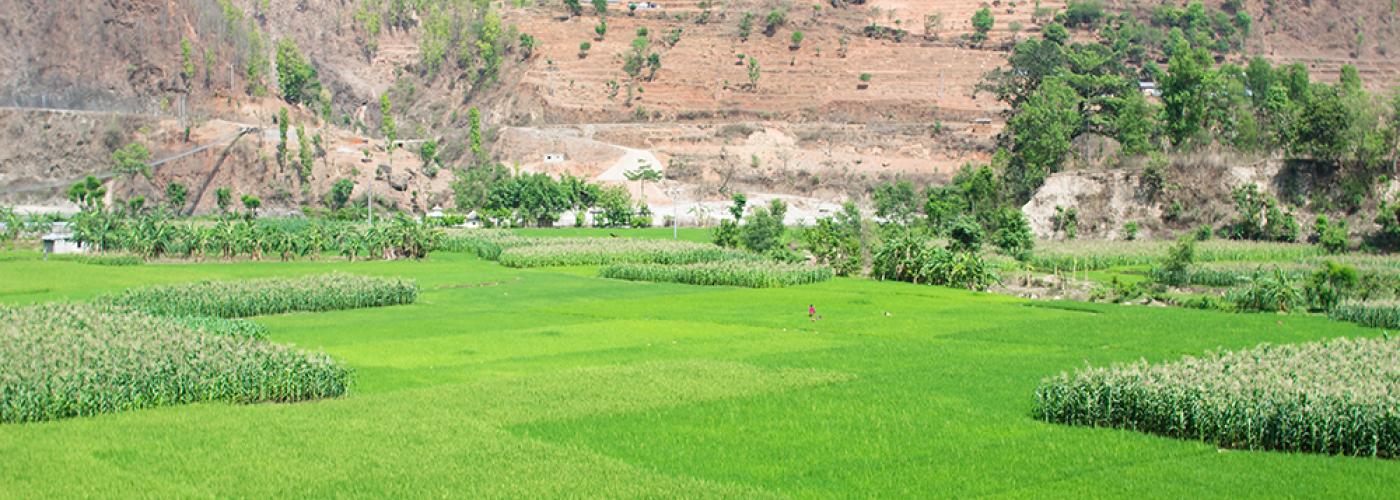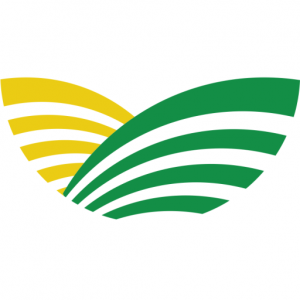Types of Agricultural Index Insurance for Economic Development
Image

Agricultural index insurance has shown significant promise as a development tool to promote resilience and to accelerate the end of the need for aid. However, effectively implementing agricultural index insurance in developing economies around the world has been a challenge. Markets have struggled with expensive but poor-quality contracts and low levels of adoption by farmers. There are also no existing regulations for index insurance quality.
The MRR Innovation Lab’s Index Insurance Innovation Initiative (I4) is at the leading edge of research to improve agricultural index insurance contracts and interventions worldwide. This post is part of a five-part series (see links below) in partnership with Marketlinks that provides an introduction to agricultural index insurance, including its promise and pitfalls, recent innovations, and its place in broader efforts toward economic development and resilience.
A number of factors can be used to predict whether crops or livestock are thriving from year to year. Agricultural index insurance holds significant promise as a tool for economic development because it uses this predictable link to bypass the high costs of verifying individual losses.
The better the index predicts real losses, the better it can respond with payments when small-scale agricultural households need them most. But that’s not the whole story. Every index for insurance has limitations that can vary depending on location and the insurance contract it is used to build. Here are three of the most common indices used to build agricultural index insurance contracts.
Rainfall Index
A rainfall index insurance contract uses measurements of rainfall to predict losses of crops or livestock. The very first proposal for index insurance, made by the economist Chakravarti in India between 1915 and 1920, was based on a rainfall index. Rainfall is still used as an index today, though how those measurements are taken can vary, as does the accuracy of how well the index predicts crop losses.
Many rainfall index insurance contracts are based on measurements taken from rainfall stations. The quality of an insurance index based on these measurements depends on a number of factors, but the main one is density, both between stations and their distance from covered farmers. Rainfall can be dramatically different even across relatively short distances depending on the features of the land.
Rainfall indices also use measurements taken by satellite, as with NASA’s Global Precipitation Measurement Mission Core Observatory, though even indices based on this precise rainfall measurement can have limitations. These measures overcome the problem of distance between weather stations, but direct rainfall might not be the only source of water for crops. For example, water runoff from rain or snow pack in the mountains could lead to healthy crops on lowland farms that get no rain.
Normalized Difference Vegetation Index (NDVI)
NDVI indices are based on measurements of living, green vegetation in an area. NDVI is used to build the index for the successful Index-based Livestock Insurance (IBLI) program in Kenya and the national Kenya Livestock Insurance Program (KLIP). NDVI measurements are most often taken from satellites in orbit around the Earth.
Just like an image on a computer monitor, NDVI measurements are made up of pixels. After processing, a single pixel is represented with a number for the average amount of reflected light inside it. The MODIS instrument on board NASA’s Terra satellite, a common source of NDVI data for index insurance contracts on the market, takes NDVI measurements at a pixel resolution of 250 square meters.
Within those squares there can be a lot of variation, which creates a challenge in developing countries where the majority of farmers grow their crops on small plots of land. In Tanzania, for example, the average farm size in 2013 was about 1.89 hectares, equivalent to about 4.7 acres. Two farms of that size, in the unlikely case that they are perfectly side-by-side, would almost completely fit into a single pixel of MODIS NDVI data. It would also be unlikely that all the land they occupy is dedicated to farming.
Area-yield Agricultural Index Insurance
An area-yield index is based on a measure of total yields in an area, which provides a yield estimate for each individual farmer. This can be an incredibly accurate measure of average losses but the fixed costs of this measure go up as the area measured increases. The time it takes to conduct a measure of area yields is also a challenge, even when surveys of agricultural productivity take place regularly.
A 2010-2013 I4 study on Ecuador’s national agricultural insurance program found exactly this problem. The study showed that a hypothetical area-yield index insurance contract would be more cost-effective than the conventional insurance program, but basing the index on the annual national yield survey would delay payments too long to make a difference for farmers who experienced losses.
Improving Indices for Insurance and Contracts
This summary of three common indices provides a glimpse of the complex challenges in developing an effective index for insurance. Researchers continue to improve the ability an index has to reflect the experience of individual farmers on the ground. These efforts include alternative environmental measures as well as higher-resolution data taken by satellite.
While significant effort from researchers, donors and those in the private sector has gone into building better indices and contracts, low-quality products based on weak indices are still on the market, potentially leaving households worse off than having no insurance at all.
The next post in this series will discuss the MRR Innovation Lab’s Minimum Quality Standard (MQS) for agricultural index insurance, which right now is the only objective measure of an index insurance contract's quality.
The Feed the Future Innovation Lab for Markets, Risk & Resilience at UC Davis generates and transfers knowledge and innovations that promote resilience and empower rural families, communities and markets to share in inclusive agricultural growth.


